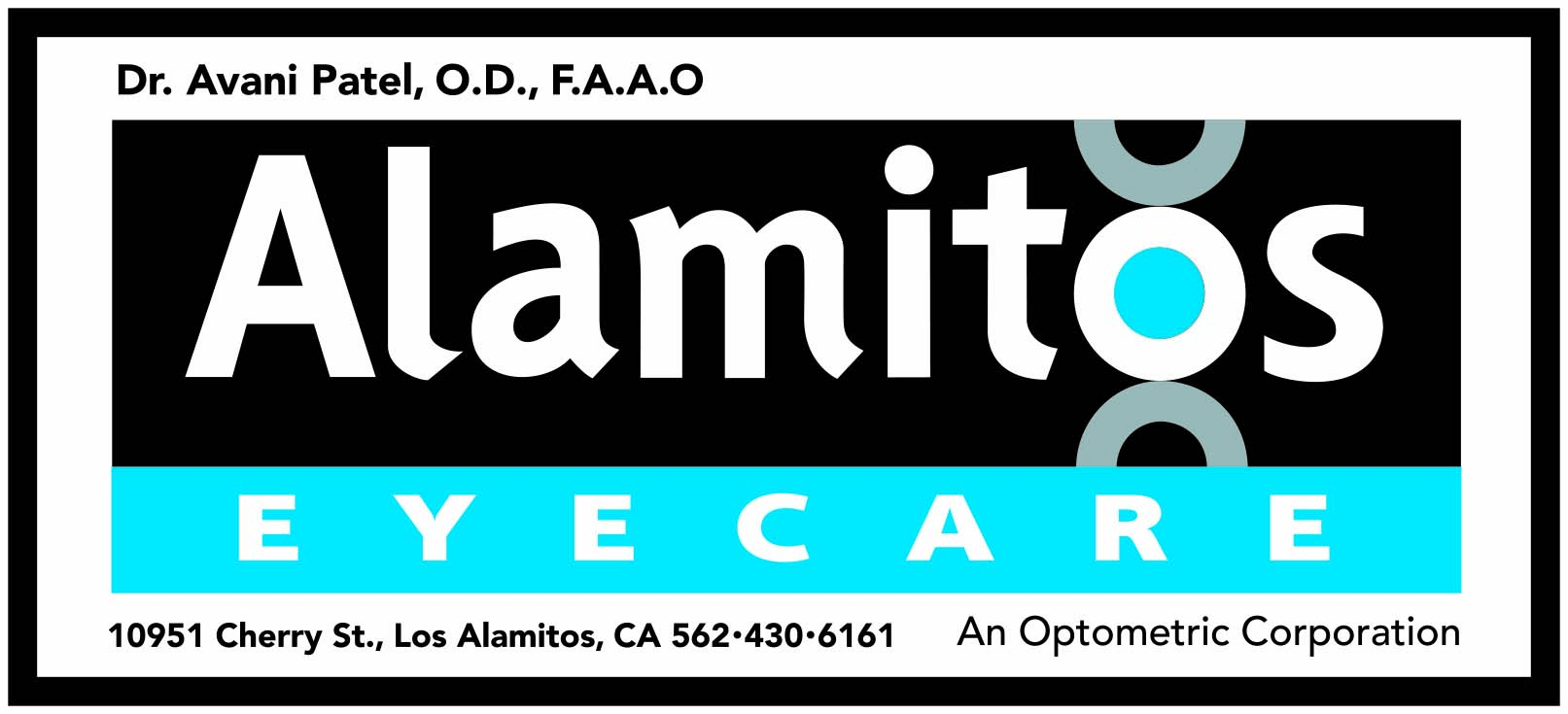Scenario I: Measures already underway to prevent the spread of COVID-19.
Pursuant to prior guidance released, school administrators have or should immediately take steps to slow the spread of respiratory infectious diseases, including COVID-19.
CDPH has recommended implementing the following steps:
- Review and update comprehensive school safety plans, including continuity plans for teaching and learning if students are absent from school.
- Exclude students, teachers, or staff who have a travel history over the course of the last 14 days to an area identified by the CDC as Level 3 Travel Health Notice (see Evaluating and Reporting Persons Under Investigation by the CDC). Additionally, exclude those who have been in close contact with someone diagnosed with COVID-19 from the school for 14 days from the day of their last
exposure.
- Send students, teachers, and staff who present with fever and/or respiratory infection symptoms home immediately. Separate them from others until they go home. When feasible, identify a “sick room” through which others do not regularly pass.
- Coordinate with all partner organizations serving students to ensure consistent practices.
- Encourage flu vaccine for those persons over 6 months of age who have not had it this season.
- Develop a plan to communicate with the school community.
- Contact your county emergency operations center if it has been is established or your local public health department immediately if you notice any concerning clusters of respiratory disease or spikes in absenteeism. For contact information, please search the local public health department website.
- Encourage all students, families, and staff to take everyday preventive actions:
- Stay home when sick.
- Remain at home until fever has been gone for at least 24 hours without the use of fever-reducing medicines.
- Seek immediate medical care if symptoms become more severe, e.g., high fever or difficulty breathing.
- Use "respiratory etiquette."
- Cover cough with a tissue or sleeve. See CDC’s Cover Your Cough page for multilingual posters and flyers, posted at the
bottom of webpage.
- Provide adequate supplies within easy reach, including tissues and no-touch trash cans.
- Wash hands frequently.
- Encourage hand washing by students and staff through education, scheduled time for handwashing, and the provision of adequate
supplies.
- Enhance cleaning consistent with CDC guidance (see Environmental Cleaning and Disinfection Recommendations).
Scenario II: Measures to be taken if there are two or more community transmission cases of COVID-19, but no individuals within the school test positive.
If the local public health department has confirmed two or more community transmission cases, but no individuals (staff or students) at the school have tested positive for COVID-19, in addition to the items outlined in Phase I, CDPH recommends school administrators
implement the following steps:
- Teachers and staff with any fever and/or respiratory infection symptoms should not come to work. Teachers and staff should self- screen (i.e., check themselves for subjective fever and/or respiratory symptoms such as cough) for respiratory infection symptoms each morning before interacting with students.
- Ensure sick leave policies for those allow teachers and staff to stay home if they have symptoms of respiratory infection.
- Limit visitors to the school by not allowing those with symptoms of fever and/or respiratory infection or who have a travel history over the course of the last 14 days to an area identified by the CDC as Level 3 Travel Health Notice.
- Consider alternates to congregate or group programming within the school including any large or communal activities such as assemblies. Alternate approaches which limit close contact may include conducting assemblies via webcasts or intercom announcements.
- Consider implementing staggered recess times to limit the number of students who are together; and if possible, group recess by classrooms.
- Consider relaxing requirements for a doctor’s note for the child to return to school after illness. <.li>
Scenario III: Measures to be taken if one student, teacher or staff member tests positive for COVID-19 and exposed others at the school.
If one student, teacher or staff member tests positive for COVID-19 and exposed others at the school, CDPH recommends that school administrators implement the following steps:
- In consultation with the local public health department, the appropriate school official may consider if school closure is warranted and length of time based on the risk level within the specific community as determined by the local public health
officer.
- In consultation with the local public health department, school officials may determine readmission criteria after the school closures.
- Implement communication plans for school closure to include outreach to students, parents, teachers, staff, and the community.
- Include information for parents regarding labor laws, information regarding Disability Insurance, Paid Family Leave, and Unemployment Insurance.
- California Labor and Workforce Development Guidance:
- 1. Coronavirus 2019 (COVID-19) Resources for Employers and
Workers
- 2. The California Employment Development Department’s
Coronavirus 2019 (COVID-19) web page
- California Labor Commissioner’s Office FAQs
Closing schools is a difficult decision as it has impacts on families and employers. The state will continue to assess the situation and provide information as needed.
- Provide guidance to parents, teachers and staff reminding them of the importance of community social distancing measures while school is closed, including discouraging students or staff from gathering elsewhere. Community social distancing measures include canceling group activities or events, religious services, after-school classes and sporting events.
- Consider developing a plan for continuity of education, medical and social services, and meal programs and establish alternate mechanisms for these to continue.
- Meal programs can continue to offer meals when school is closed. More information is available on the CDE’s Nutrition What’s New web page.
- Maintain regular communications with the local public health department.
- Consult CDC guidelines (see Environmental Cleaning and Disinfection Recommendations) for schools to determine what additional cleaning protocols, if any, should be deployed at the school prior to reopening the school.
- Determine the timing of return of students and staff, and any additional steps needed for the school to reopen, in consultation with the local public health department.
Scenario IV: Measures to be taken if multiple schools within a school district have a student, teacher or staff member test positive for COVID-19.
If multiple schools within the school district have a student, teacher or staff member test positive for COVID-19, the school administrator should consult with local public health officials for guidance on additional school closures.
If it is determined that all schools within the school district should be closed for instruction, CDPH recommends the following:
- In consultation with the local public health department, the school administrator may determine if additional school closures and what length of time is warranted based on the risk level within the specific community as determined by the local
public health officer.
- Develop communication plans for school closure to include outreach to students, parents, teachers, staff, and the community.
- Provide guidance to parents, teachers and staff reminding them of the importance of community social distancing measures while school is closed, including discouraging students or staff from gathering elsewhere. Community social distancing measures include canceling group activities or events, religious services, after-school classes and sporting events.
- Consider developing a plan for continuity of education, medical and social services, and meal programs and establish alternate mechanisms for these to continue.
- Maintain regular communications with the local public health department.
- Work with the local public health department to determine what additional cleaning protocols, if any, should be deployed at the school prior to reopening the school.
- Determine the timing of return of students and staff, and any additional steps needed for the school to reopen, in consultation with the local public health department.
The CDE and CDPH would urge schools to ensure students’ and staffs’ privacy to help prevent discrimination or unnecessary stigmatization. For additional information or questions regarding medically fragile populations, programs, or funding implications,
please contact the CDE.












